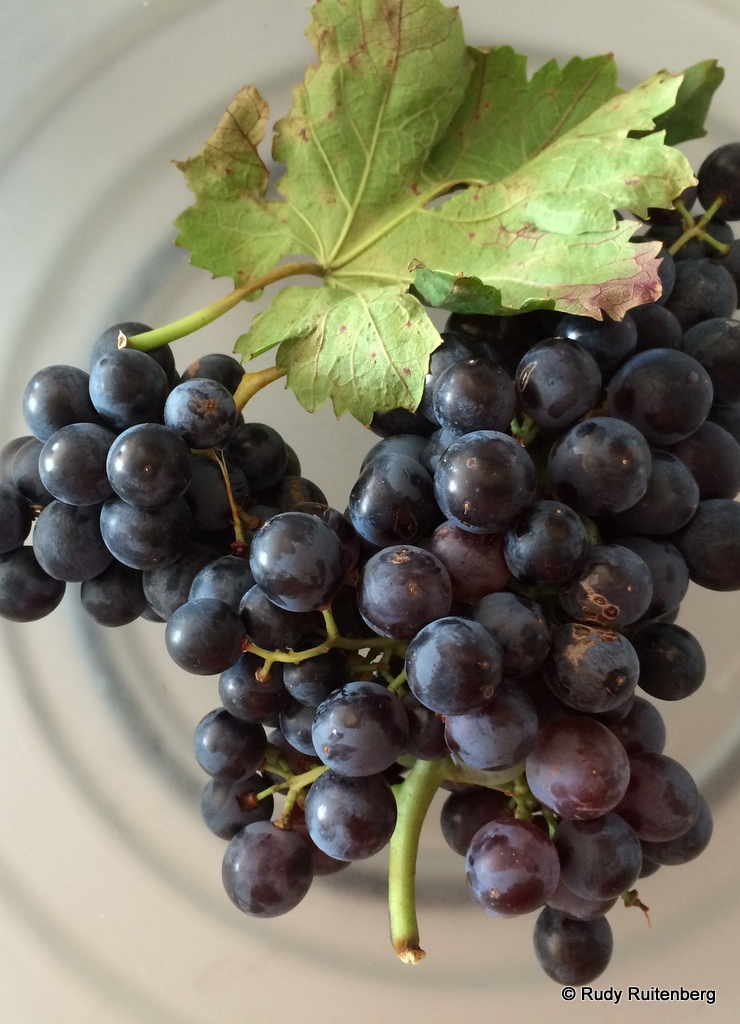With Generation Z coming of age, France is increasingly serving rosé and white wine rather than the traditional ‘ballon de rouge’
Whatever France’s reputation as red wine country, turns out French drinkers are more likely to be found sipping a glass of pale yellow-gold or pink wine these days.
Rosé wine volumes sold in French supermarkets and hypermarkets doubled between 1994 and 2020, data published by crop office FranceAgriMer show. White wines registered comparatively pedestrian 13% volume growth over the period. By contrast, red wine sales fell by more than half.

Food retail is where most French consumers buy their wine, ahead of specialty stores, bars and restaurants, surveys show. Combined sales volumes of rosés and whites in hypermarkets and supermarkets overtook red wine in 2018, according to the data gathered by Symphony IRI.
Generational shift
There’s clearly a generational shift. One in every three glasses of wine consumed by Generation Z and Millennials is a rosé, according to a Wine Intelligence survey ahead of February’s Vinexpo Paris. That compares with less than one glass in four for wine drinkers aged 55 and over.
The popularity of pink wine is a bit of a French thing. The country accounts for 35% of global rosé intake, according to an observatory by the Provence wine board with FranceAgriMer. That compares with France’s 11% share of overall global wine consumption.
White and rosé wines were the preferred purchase for French shoppers in the 18-to-24 year age range in an OpinionWay survey from September 2021, with less than one in ten choosing red wine. Champagne was the wine to buy for 17% of Gen Z-ers of drinking age.
This colour shift is happening in the context of a vertiginous drop in French wine drinking in recent decades. Average wine consumption fell to 36 liters per capita in 2018 from 71 liters in 1990 and 128 liters in 1960, statistics office Insee says.
Drinking less, but better
Less drinking has also gone hand in hand with a shift away from wines for daily consumption, the “vins de consommation courante,” to higher-quality bottles. An Ipsos survey in October 2021 found consumers were spending an average €11.70 a bottle, an increase of €4.20 from six years earlier.
Red wine producers may take some consolation from these higher prices, which have helped make up for lower sales volumes. The value of red wine sold in French supermarkets and hypermarkets stood at 1.95 billion euros in 2020 from 1.68 billion euros in 1994.
Still, the gains for reds pale in comparison with the jump in value of rosé sold through food retailers, which climbed fourfold to 1.14 billion euros in the same period. White wine sales in supermarkets and hypermarkets more than doubled to 927 million euros, the FranceAgriMer data show.

Growth for rosés, and whites for that matter, has been particularly strong in the category of IGP wines, for Indication Géographique Protégée. Consumers are clearly happy seeking out, say, a rosé produced from cinsault and grenache grapes in the IGP Pays d’Oc, or a white chardonnay from the IGP Val de Loire.
While business in IGP wines has been dynamic, in value and to a lesser extent in volume, the Appellation d’Origine Protégée category has been more lackluster. Typically considered a step up in quality, AOP wines have seen falling volumes, and spending also took a turn for the worse in recent years.


The ramp-up for supermarket sales of rosé coincides with a decline in Champagne shipments in France since 2010. While correlation is not causation, quaffing of bubbly and blush does appear to be heading in opposite directions.



